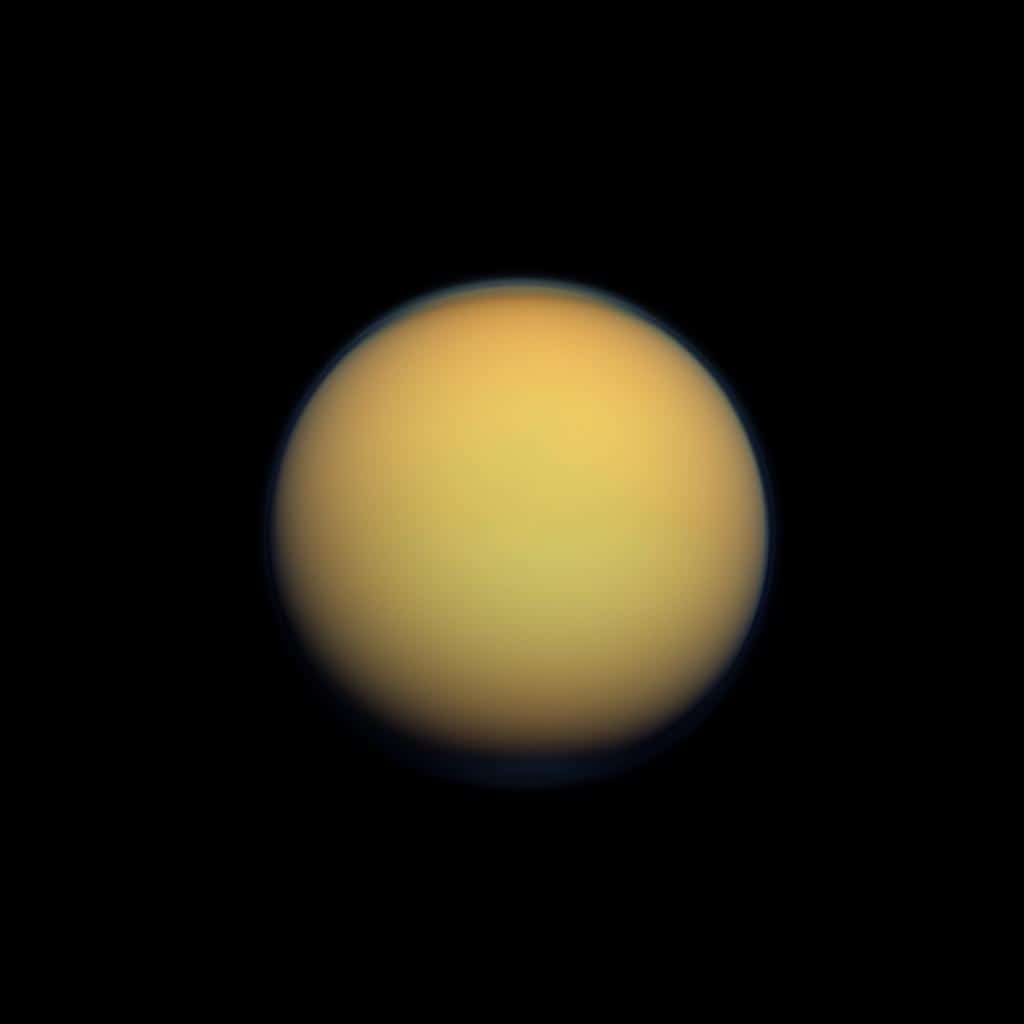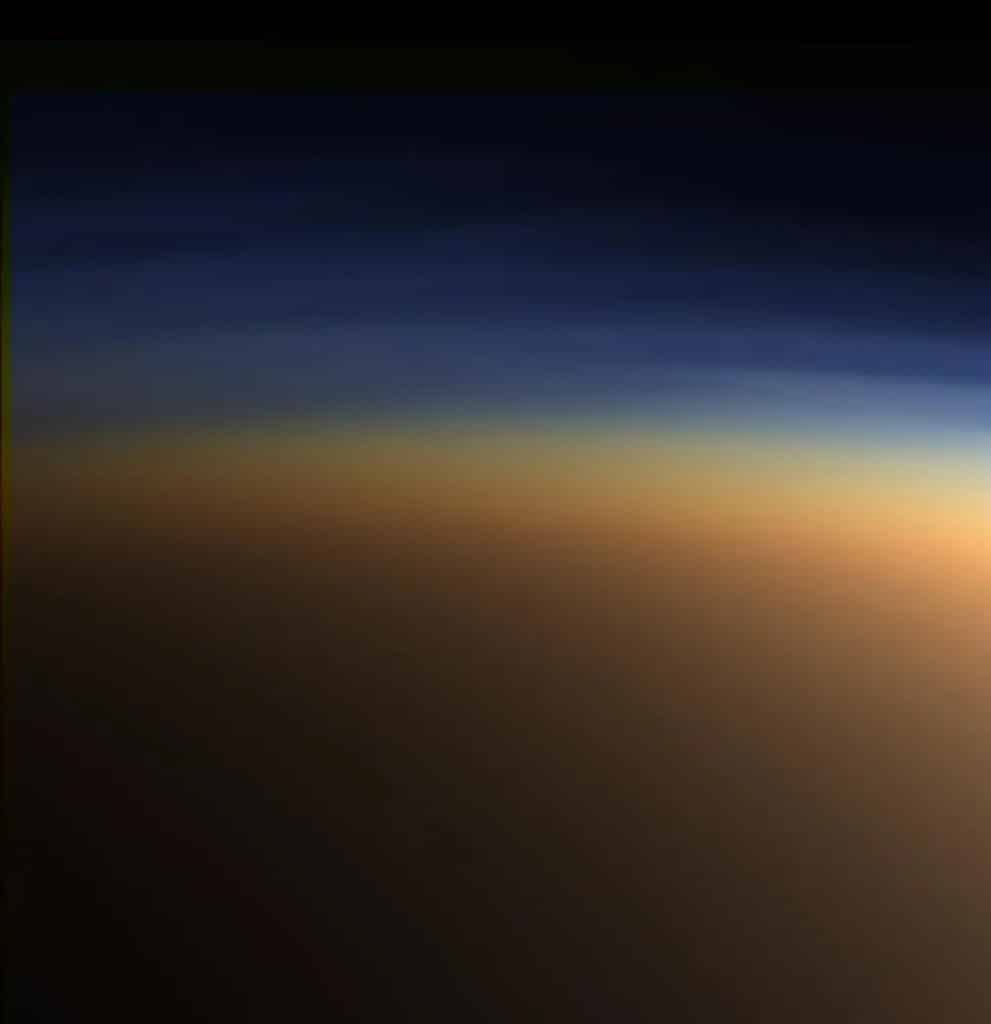Could there be life on Saturn’s largest moon? Titan, unique in the Solar System for its dense atmosphere filled with nitrogen and methane, serves as a fertile ground for producing a plethora of organic molecules, some of which are crucial to the cells that make up every living organism on Earth.
Led by Rafael Silva from the Institute of Astrophysics and Space Sciences and the Faculty of Sciences of the University of Lisbon (Ciências ULisboa), an international team of researchers has, for the first time, identified nearly a hundred unique signatures of the methane molecule (CH4) in the visible spectrum. These discoveries, published in the journal Planetary and Space Science, are not just crucial for detecting methane in other atmospheres but also offer a potential breakthrough in the search for the tricarbon molecule (C3) on a planetary body, a discovery that could have profound implications for our understanding of the chemical pathways that lead to complex molecule formation.

“Titan’s atmosphere works like a planetary-sized chemical reactor, producing many complex carbon-based molecules,” says Silva in a media release. “Of all the atmospheres we know in the Solar System, the atmosphere of Titan is the most similar to the one we think existed on the early Earth.”
Methane, a gas that tells tales of both geological and potentially biological processes on Earth, is intriguing because it doesn’t last long in atmospheres, being quickly broken down by solar radiation. This means that Titan’s methane is continually replenished, likely through geological activities such as the release of underground gas, providing insights into the moon’s internal processes.
The study marks a significant advancement in our knowledge of methane, identifying 97 new spectral absorption lines within the visible spectrum — specifically within the orange, yellow, and green color bands. These lines, associated with methane but never before singled out, have now been characterized in terms of wavelength and intensity, offering a new lens through which to study this molecule.
“Even in high-resolution spectra, methane absorption lines are not strong enough with the amount of gas we can have in a laboratory on Earth,” explains Silva. “But on Titan we have an entire atmosphere, and the path that light travels through the atmosphere can be hundreds of kilometers long. This makes the different bands and lines, which have a weak signal in laboratories on Earth, very evident on Titan.”
The researchers’ analysis also hinted at the presence of the tricarbon molecule (C3) at high altitudes in Titan’s atmosphere. Until now, this molecule was only observed in the material surrounding cometary nuclei. While the detected absorption lines for tricarbon are faint and specific, their potential discovery opens the door to future observations aimed at confirming their presence.

“The more we know about the different molecules that participate in the chemical complexity of Titan’s atmosphere, the better we will understand the type of chemical evolution that may have allowed, or be related to, the origin of life on Earth,” notes Silva. “Some of the organic matter that contributed to the origin of life on Earth is thought to have been produced in its atmosphere by processes relatively similar to those we observed on Titan.”
This research, utilizing data from observations made with the UVES spectrograph on ESO’s Very Large Telescope in Chile, sets the stage for future studies of Titan and other extraterrestrial atmospheres, including those of exoplanets, with instruments like NASA’s James Webb Space Telescope and ESA’s future Ariel space mission.













Comments